Chest Tube Drainage System Ati
Chest tube drainage system ati. Indications Pneumothorax airOpen closed. However continuous bubbling in the water seal chamber shouldnt be occurring. A new chest tube protocol was introduced on 1 January 2007 and included placement of a single chest tube and early conversion to water seal.
The system is setup and maintained by the nurse. The following are steps to care for chest tubes. Nurses have the responsibility to care for their patients chest tubes after they have been properly inserted so that the pleural drainage system remains clear and intact.
The nurse is responsible for monitoring and maintaining the chest tube drainage system. Some facilities discourage this practice however. If you see clots in the chest tube check with the physician about milking the tube.
Routinely monitor tubing for kinks occlusions or loose connections. Clamp chest tubes only to. Bubbling should only occur as air is being pushed out through the chest tube when the patient takes a deep breath or inspiration.
The exchange of gases in the alveoli alveolar ventilation an increase in pericardial pressure from an accumulation of fluid or blood in the pericardial sac that can lead to cardiac rupture cardiac tamponade We will write a custom essay sample on ATI. CLOSED CHEST DRAINAGE SYSTEM or any similar topic only for you Order now. Banding gun and nylon ties available in SPD per physician request.
Keep dressing clean and dry. And restore normal intrapleural pressure. Reestablish a negative pressure.
The results of patients in the old n68 and the new protocol n65 were compared. Chest tubes are inserted into the _____ to drain fluid blood or air.
Chest tubes can be inserted in the emergency department at the bedside or in the operating room through a _______ incision.
The results of patients in the old n68 and the new protocol n65 were compared. The chest tube is connected to a closed chest drainage system which allows for air or fluid to be drained and prevents air or fluid from entering the pleural space. Simple tension Hemothorax blood Hemopneumothorax blood and air Hydrothorax serous fluid Chylothorax lymph fluid from leaked from thoracic duct Empyema inflammatory fluid and debris Pleural effusion Penetrating chest wall injury OutcomesEvaluation The lungs have re-expanded or there is no more fluid drainage improved. Encourage coughing and breathing exercises. CLOSED CHEST DRAINAGE SYSTEM or any similar topic only for you Order now. Nurses have the responsibility to care for their patients chest tubes after they have been properly inserted so that the pleural drainage system remains clear and intact. Clamp chest tubes only to. This resource provides information and videos on the types of chest tube drainage systems how to manage a chest tube how to manage complications how to replace a closed chest tube drainage system and how to change a dressing on a chest tube insertion site. These tubing connections must be airtight.
Encourage coughing and breathing exercises. A new chest tube protocol was introduced on 1 January 2007 and included placement of a single chest tube and early conversion to water seal. Reestablish a negative pressure. Inserting the tube into the pleural space it simply SUCKS out all the air fluid or blood into a closed 1-way drainage system. Reestablish a negative pressure. The following are steps to care for chest tubes. CLOSED CHEST DRAINAGE SYSTEM or any similar topic only for you Order now.


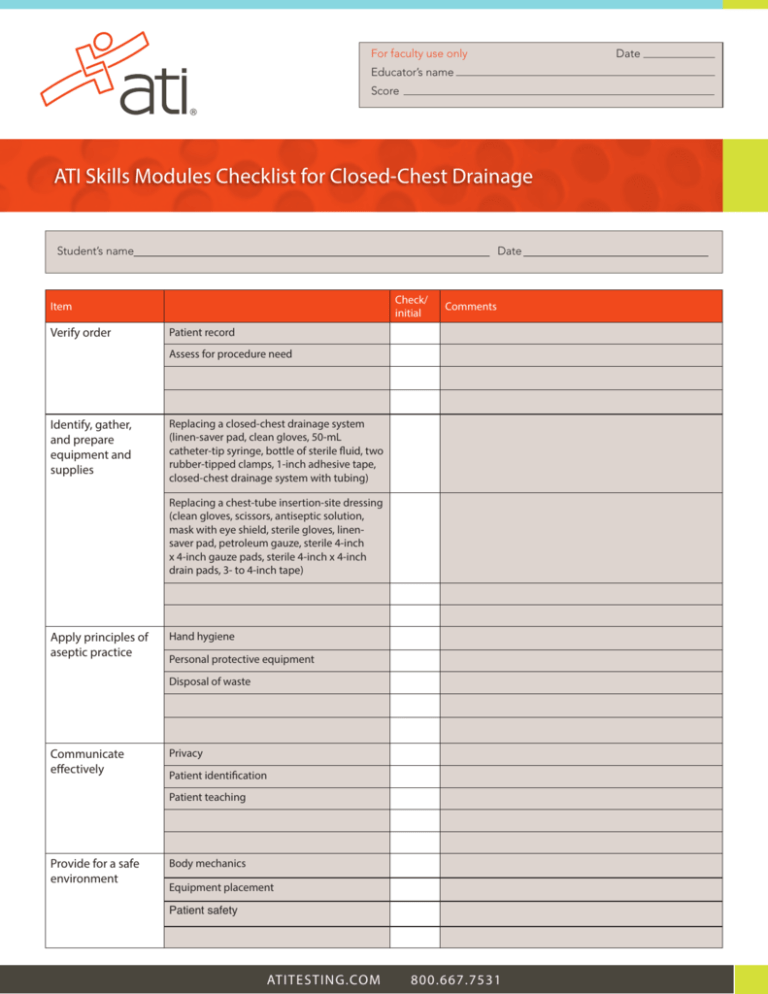









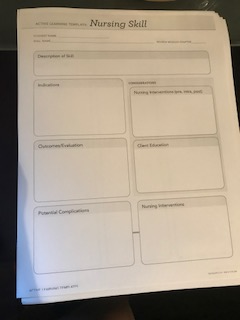


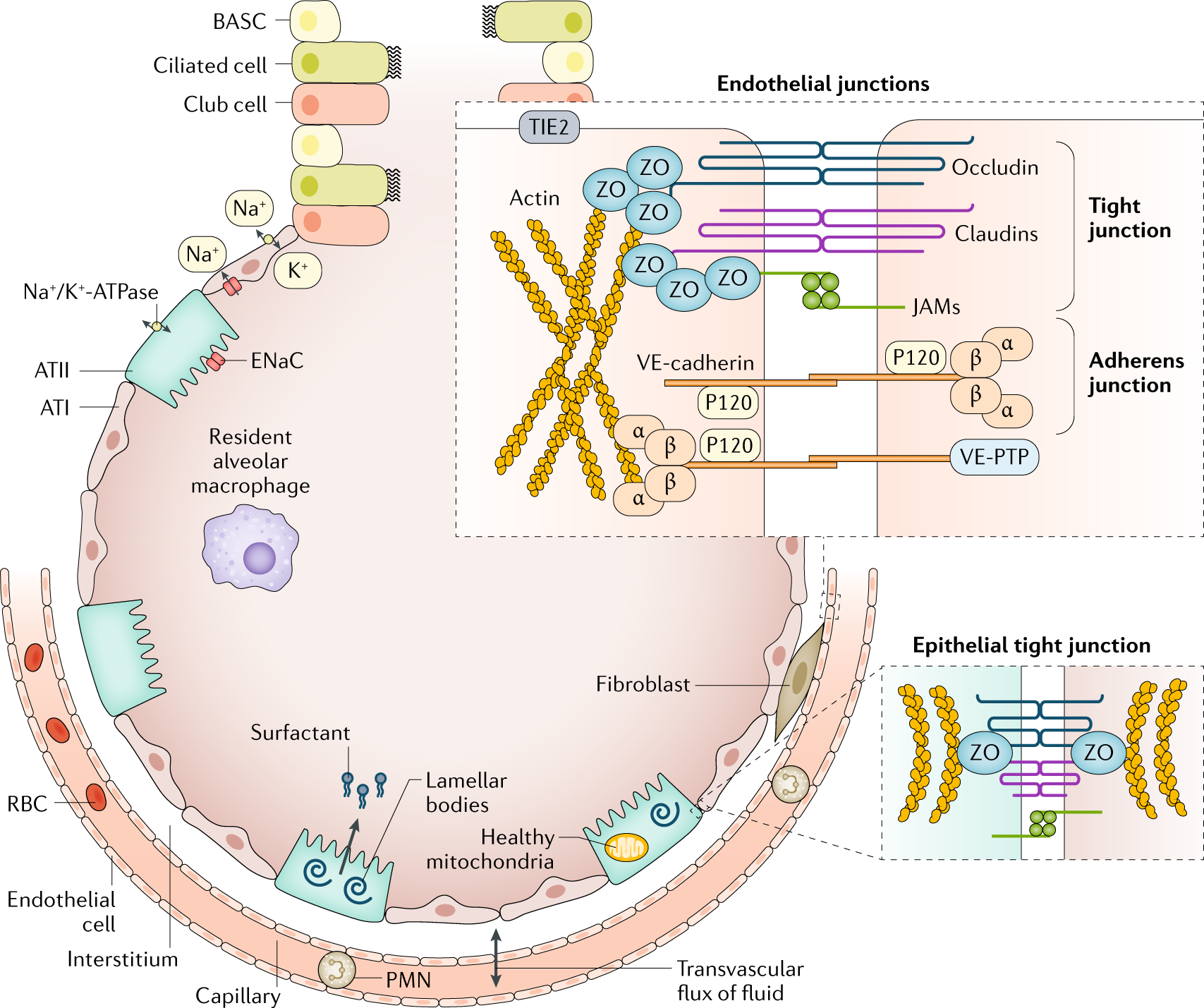

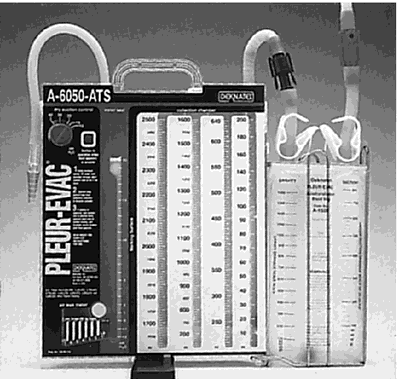





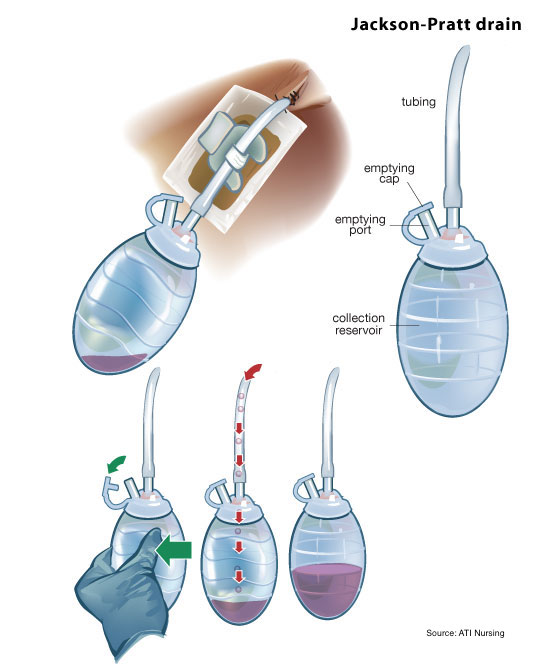

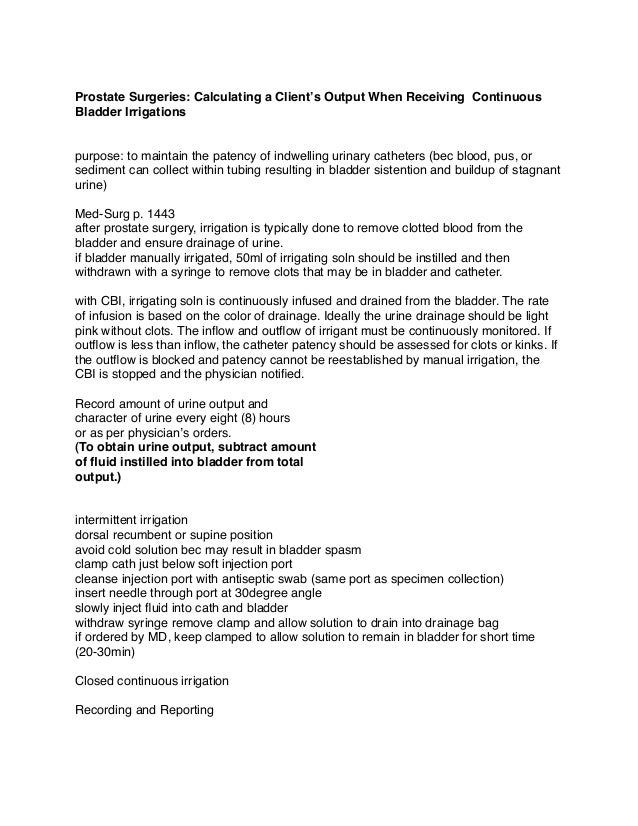





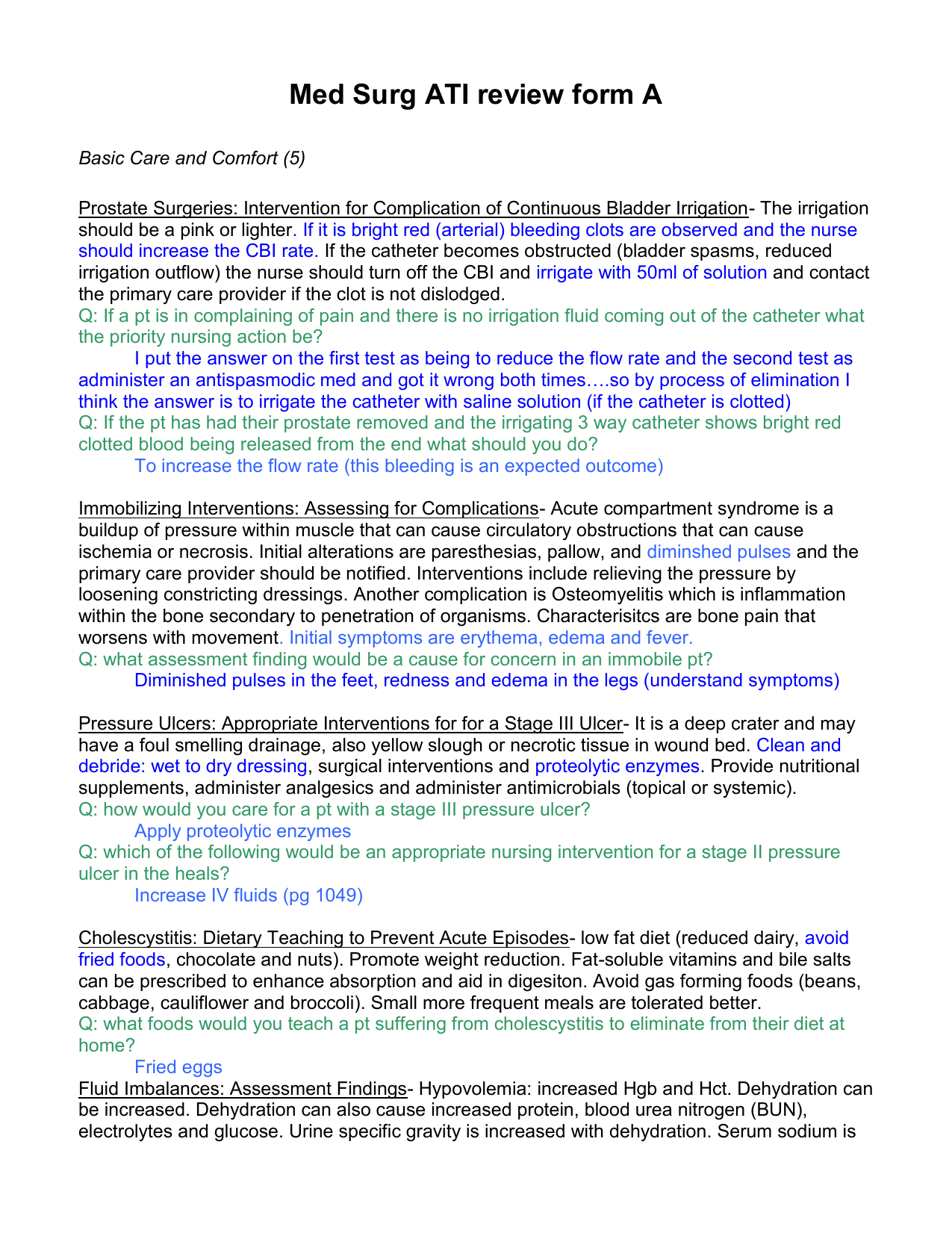









Post a Comment for "Chest Tube Drainage System Ati"